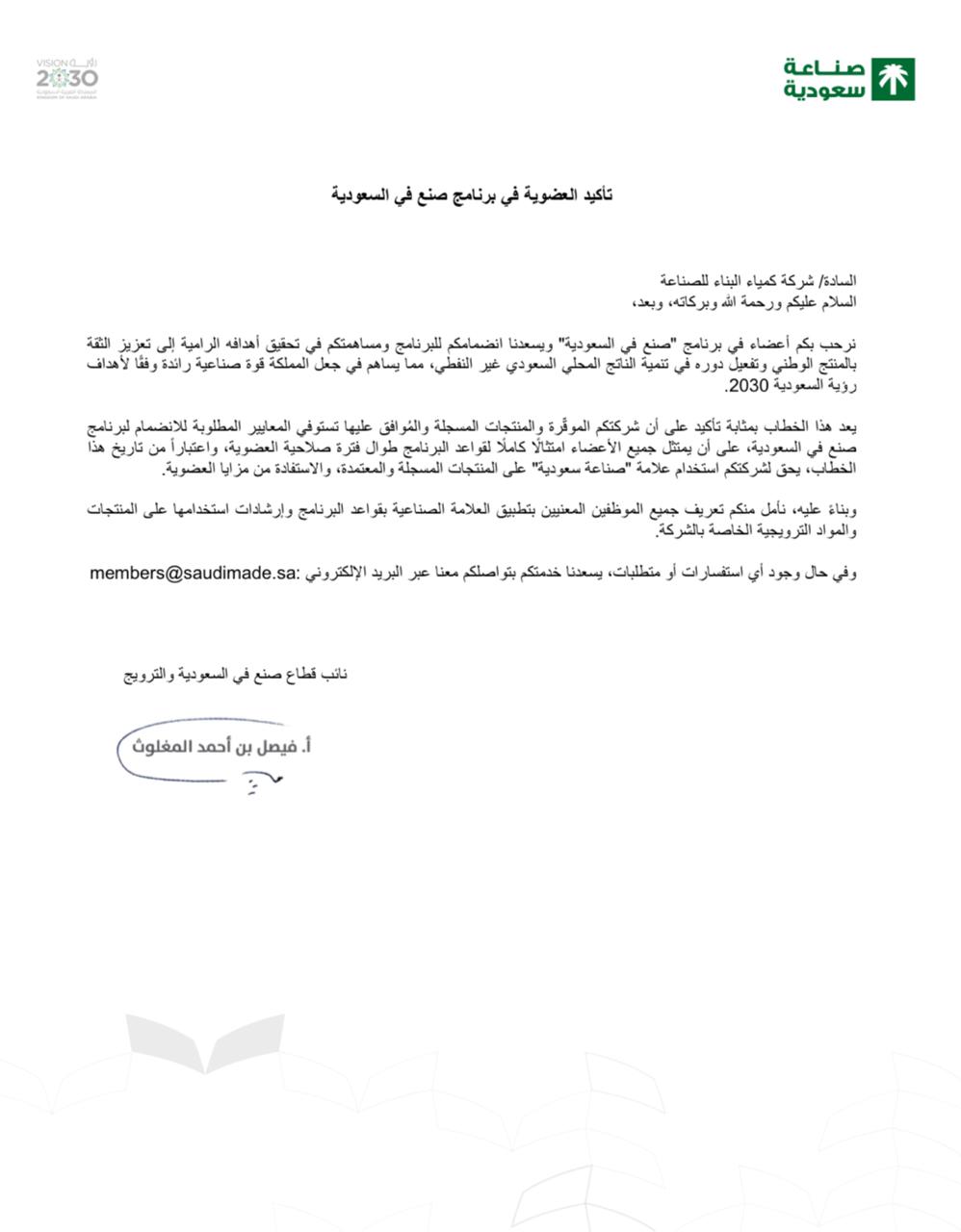Sandwich panels
Sandwich panels are construction aids that are used to clad walls and roofs. They are made of thermal insulating material that is skinned on both sides with metal. It is one of the most commonly used means to provide walls with protection from external sources and is a convenient solution for walls and roofs to get a powerful stand against external factors. These panels can’t be considered as structural materials but, moreover, a curtain material. Sandwich panels are readily available in their structure and give high load carrying capacity despite their low weight. A sandwich panel can be considered on the basis of the needed resistance, thermal, humidity, sound insulation, etc.
The three layers of the sandwich panel are inclusive of a solid insulation core and two metal strips that encompass them with an ample amount of air space between them. The insulation material in between the metal plates can be anything from polyurethane to mineral wool to EPS. These three layers are held together by industry guaranteed adhesives or foaming agents. The durability of the sandwich panels has a direct correlation to the use and placement of the panels. According to the needs of sandwich panels, materials for the same have to be chosen wisely to ensure longevity
BC 706 polyol is commonly used in the production of rigid polyurethane foam, typically for continuous manufacturing processes. It is a part of the polyisocyanate family, which reacts with polyols to create the foam. The BC 706 is known for its properties that make it ideal for insulation, structural applications, and various industrial uses. It provides excellent thermal insulation, chemical resistance, and mechanical properties suitable for a wide range of applications. The continuous line production method ensures uniform density and quality in the resulting foam products






